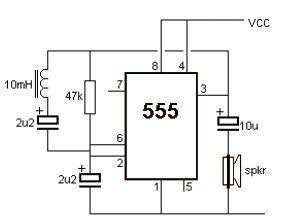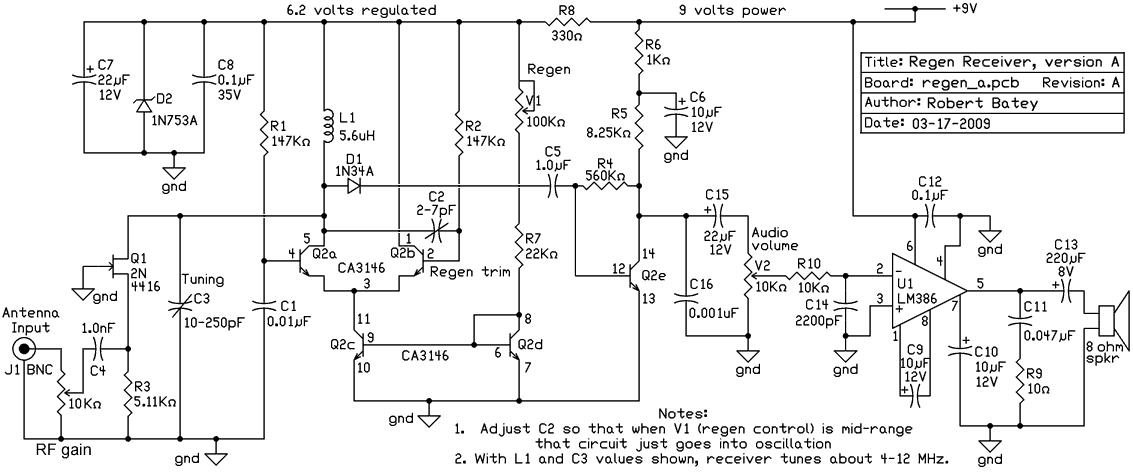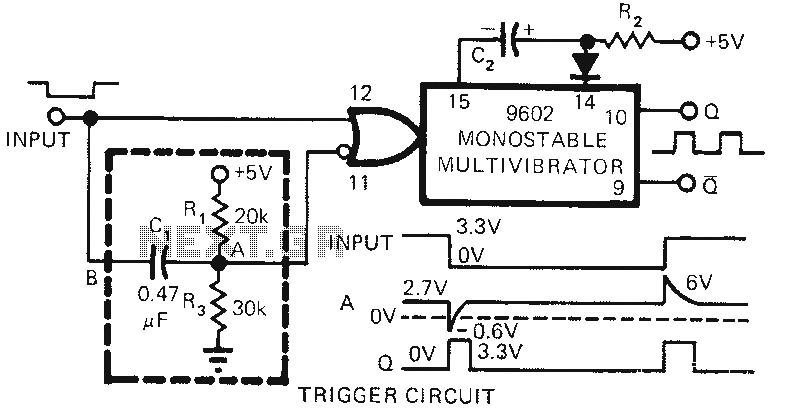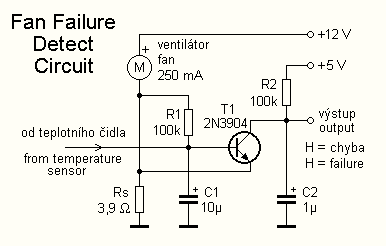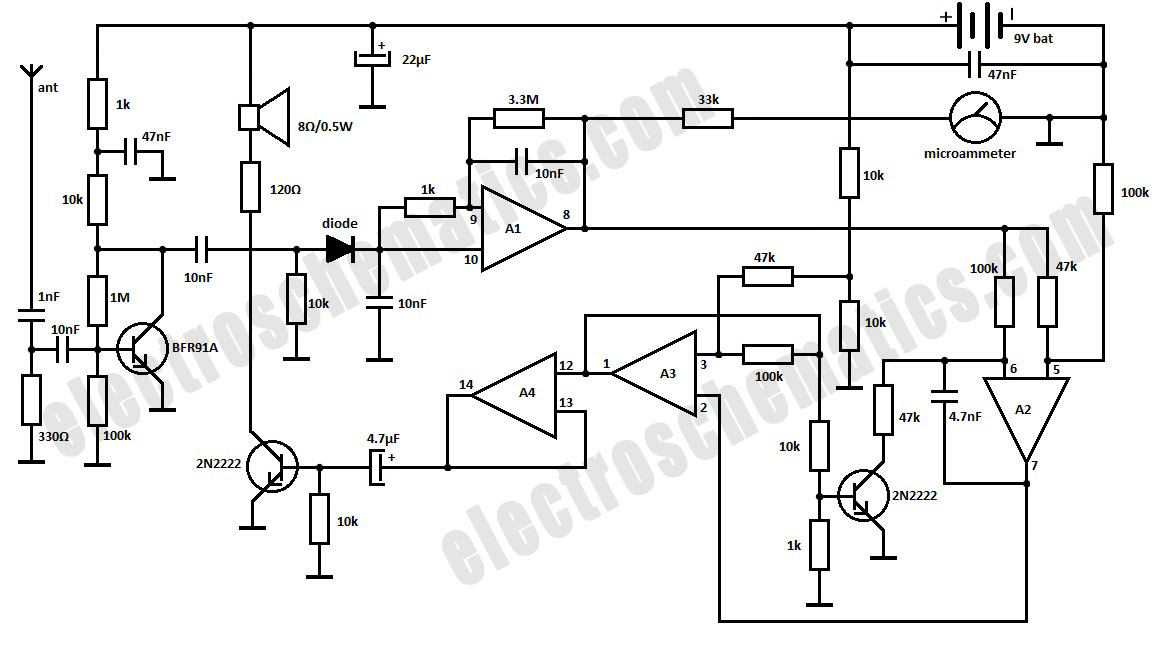
Schmitt trigger zero crossing detector
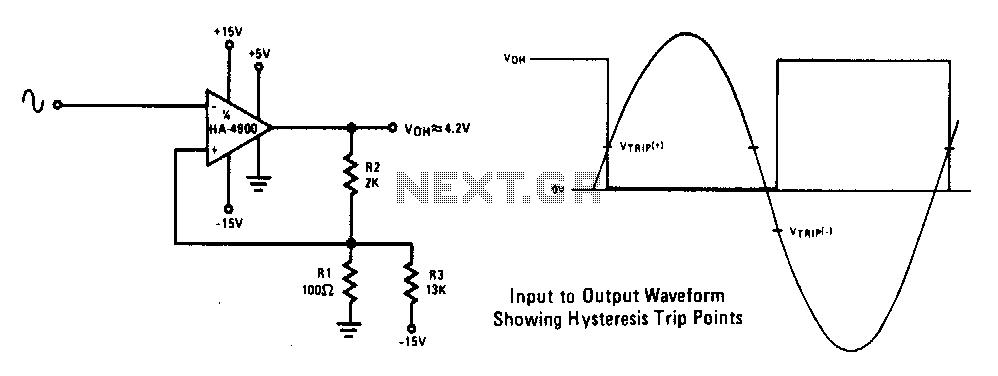
This circuit features a 100 mV hysteresis, suitable for applications demanding rapid output transition times despite slow input signals. The hysteresis loop minimizes false triggering caused by noise on the input. The accompanying waveforms illustrate the trip points established by the hysteresis loop.
The circuit operates by utilizing hysteresis to create a threshold for signal transitions, effectively distinguishing between valid signals and noise. The 100 mV hysteresis ensures that once the input signal crosses a defined threshold, the output state changes, and it remains stable until the input signal drops below a second threshold. This characteristic is particularly beneficial in environments where input signals may be slow or prone to noise, allowing for reliable operation without unintended toggling of the output.
The waveforms associated with this circuit depict the input signal alongside the output response, clearly indicating the upper and lower trip points dictated by the hysteresis. When the input voltage exceeds the upper trip point, the output transitions to a high state. Conversely, when the input voltage falls below the lower trip point, the output returns to a low state. This clear demarcation between the trip points helps to prevent false triggering, ensuring that only significant changes in the input signal will affect the output.
The implementation of this circuit can be found in various applications, including signal conditioning, comparator circuits, and other digital logic systems where noise immunity and fast response times are critical. The design can be further enhanced by selecting appropriate components, such as operational amplifiers or dedicated comparator ICs, to optimize performance based on specific application requirements.This circuit has a 100 mV hysteresis which can be used in applications where very fast transition times are required at the output even though the signal is very slow. The hysteresis loop also reduces false triggering due to noise on the input The waveforms show the trip points developed by the hysteresis loop. 🔗 External reference
The circuit operates by utilizing hysteresis to create a threshold for signal transitions, effectively distinguishing between valid signals and noise. The 100 mV hysteresis ensures that once the input signal crosses a defined threshold, the output state changes, and it remains stable until the input signal drops below a second threshold. This characteristic is particularly beneficial in environments where input signals may be slow or prone to noise, allowing for reliable operation without unintended toggling of the output.
The waveforms associated with this circuit depict the input signal alongside the output response, clearly indicating the upper and lower trip points dictated by the hysteresis. When the input voltage exceeds the upper trip point, the output transitions to a high state. Conversely, when the input voltage falls below the lower trip point, the output returns to a low state. This clear demarcation between the trip points helps to prevent false triggering, ensuring that only significant changes in the input signal will affect the output.
The implementation of this circuit can be found in various applications, including signal conditioning, comparator circuits, and other digital logic systems where noise immunity and fast response times are critical. The design can be further enhanced by selecting appropriate components, such as operational amplifiers or dedicated comparator ICs, to optimize performance based on specific application requirements.This circuit has a 100 mV hysteresis which can be used in applications where very fast transition times are required at the output even though the signal is very slow. The hysteresis loop also reduces false triggering due to noise on the input The waveforms show the trip points developed by the hysteresis loop. 🔗 External reference

